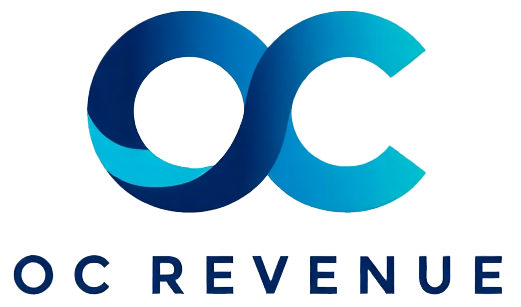Pipeline Management helps sales teams track, prioritize, and advance opportunities through each stage of the sales cycle
Pipeline management provides the visibility and structure needed to guide deals to close, improve forecasting, and drive sales team effectiveness
Pipeline Management is the structured process of overseeing sales opportunities as they move through defined stages toward closure. By monitoring deal progression, win probability, and pipeline value, organizations gain clarity into sales health and can intervene where momentum stalls. This proactive visibility allows teams to stay focused on high-impact activities and avoid last-minute surprises.
A well-managed pipeline is essential to sales productivity and forecasting accuracy. Modern CRM systems enhance this process with visual pipelines, automated alerts, and AI-driven insights that flag at-risk deals. These tools allow sales managers to coach more effectively, reps to prioritize their time, and leaders to assess overall performance across teams and regions.
Pipeline management turns sales activity into strategic insight—ensuring deals move efficiently, risks are flagged early, and forecasts reflect reality
Pipeline Management is at the core of a disciplined, results-driven sales process. It provides a real-time view of how opportunities move through each stage—from lead to closed deal—and enables teams to spot patterns that impact conversion rates. When done well, pipeline management delivers more than operational oversight; it creates a strategic lens through which organizations manage growth.
Effective pipeline management begins with a clearly defined sales process and consistent stage criteria. Reps must know what qualifies a deal to move forward and what actions are needed at each step. This structure supports better forecasting, accurate performance analysis, and stronger accountability. It also ensures that pipeline data reflects reality—not just hope.
Technology plays a major role in modern pipeline management. Tools like CRM platforms and revenue intelligence systems visualize deal progress, automate reminders, and provide insights into deal aging and risk. Advanced platforms can even surface trends like ghosting, pricing friction, or stalled decision-makers—giving teams the opportunity to course-correct before deals fall through.
Ultimately, Pipeline Management is not just about managing volume—it’s about managing velocity and viability. By actively shaping the pipeline, sales leaders can build a more resilient go-to-market motion, reduce slippage, and improve close rates. In today’s complex selling environment, it provides the structure and foresight needed to consistently hit targets and outperform expectations.

















